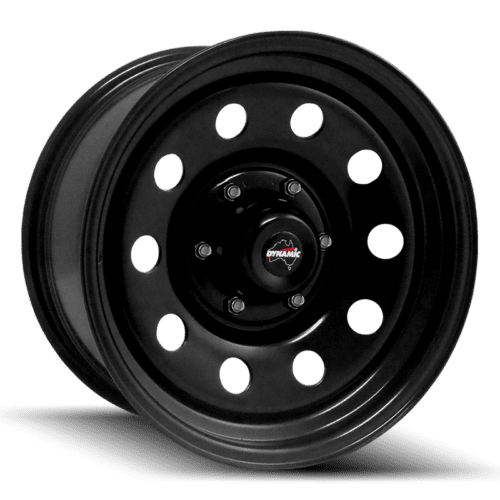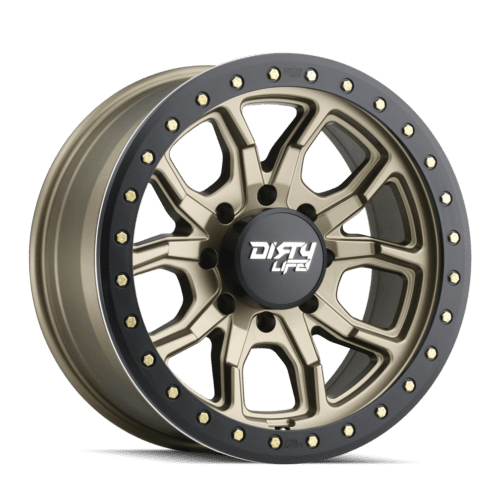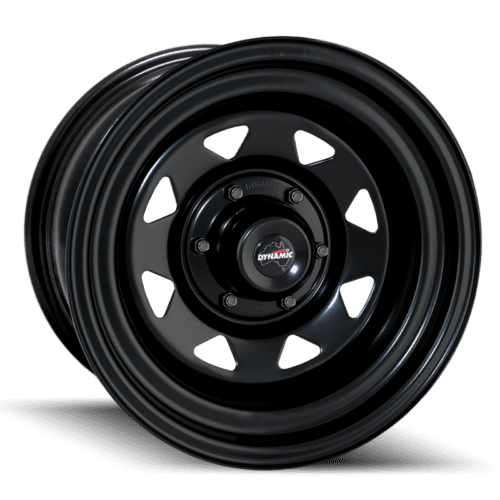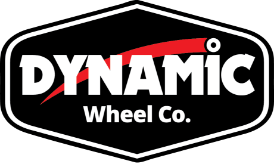
When it comes to wheel customization or upgrades, understanding the technical aspects is paramount for both the vehicle’s aesthetics and performance. The wheel’s offset and bolt circle measurements play crucial roles in determining how a wheel fits and interacts with a vehicle’s components. This guide dives deep into the intricacies of wheel offset and the significance of bolt circle measurements, ensuring you make informed decisions for your vehicle. From the importance of the optimum offset range to the implications of different aftermarket offsets, and decoding bolt circle patterns, we aim to provide a comprehensive overview for enthusiasts and everyday drivers alike.
Wheel Offset’s
The offset of a wheel isn’t just a technical term; it’s a pivotal metric that determines the wheel’s position in relation to your vehicle’s hub and bodywork. This alignment, beyond aesthetics, is crucial for ensuring a flawless fit and achieving peak performance. Each vehicle is designed with a specific offset range in mind, ensuring the wheel sits perfectly. Deviating from this optimal range might compromise wheel placement, potentially affecting both performance and safety. Moreover, when venturing into the realm of aftermarket wheels, one must weigh the consequences of selecting offsets different from the factory’s original equipment manufacturer (OEM) specifications, as this decision has broader implications on the vehicle’s dynamics.

Offsets, Negative, Positive, and Zero.
Negative, positive, or zero, each has its distinct advantages for your off-road adventures. Let’s delve deeper into what each of these offsets means for your vehicle.
Negative Offsets (N):
Range: From 5N to 55N.
Meaning: Wheels with a negative offset will protrude more outward from the vehicle’s side. This can give the vehicle a more aggressive stance but may also lead to wheels colliding with guards during turns or over bumps.
Common Examples:
10N and 20N are frequent choices for off-road vehicles and trucks that want a wider stance. These offsets help in accommodating larger tires and give the vehicle a dominant look.
35N and 45N are often selected for custom applications or for vehicles modified for specific performance or aesthetic purposes.

Zero Offsets (0P):
Range: Only 0P.
Meaning: A wheel with zero offset means the hub mounting surface is even with the wheel’s centerline. It’s a balanced position but not as common in many modern vehicles.
Example: 0P wheels can occasionally be found on certain older models or specific custom builds, providing a midpoint between an outward and inward wheel stance.

Positive Offsets (P):
Range: From 3P to 60P.
Meaning: Wheels with a positive offset will be positioned more inward, closer to the vehicle’s brakes and suspension. Common in many modern cars, positive offsets can provide better handling and stability but might lead to potential interference with inner components if not correctly sized.
Common Examples:
15P and 20P are typical offsets for many modern sedans and hatchbacks. They provide a balance between aesthetics and functionality without causing interference issues.
40P and 50P might be found on vehicles with larger brake components or specific suspension setups. These offsets ensure the wheel doesn’t come in contact with the inner parts of the car.

Wheel Backspacing
Wheel backspacing refers to the distance from the innermost edge (or mounting face) of the wheel to the very back of the wheel. This measurement helps in determining how much of the wheel will sit inside the wheel well versus how much will protrude outward.
The backspacing can influence how the wheel aligns with the vehicle’s suspension, brake components, and inner fender wells. It’s especially important for vehicles that are being modified with larger tires, are used for off-roading, or are being set up for racing, as even a slight difference in backspacing can lead to tire rubbing or other fitment issues.
In simple terms, if you increase the backspacing, the wheel will sit further inside the wheel well. Conversely, decreasing the backspacing means more of the wheel will stick out from the side of the car.
Bolt Circle Measurements / PCD / Stud patten
Ensuring proper wheel fitment is more than just achieving the right aesthetic. It plays a pivotal role in ensuring safety, optimal performance, and the extended lifespan of your vehicle’s components. A paramount part of this fitment is understanding the bolt circle measurement, which indicates the arrangement of wheel studs. This not only provides a gauge of how the wheel looks but also guarantees that the wheel attaches securely and correctly to your vehicle. While always prioritizing the right fitment is key to a seamless driving experience, it’s equally crucial to be knowledgeable about common bolt circle patterns for precise wheel compatibility.
4-Stud Wheels
- 4×98 A wheel with four studs spaced on a 98mm diameter circle.
- 4×100 A wheel with four studs arranged on a 100mm diameter circle.
- 4×108 Four studs spaced on a 108mm diameter circle.
- 4×114.3 Four studs spaced on a 114.3mm diameter circle.
- 4×140 Four studs spaced on a 140mm diameter circle.
5-Stud Wheels
- 5×100 A wheel with five studs spaced on a 100mm diameter circle.
- 5×108 A wheel with five studs arranged on a 108mm diameter circle.
6-Stud Wheels
- 6×114.3 A wheel with six studs spaced on a 114.3mm diameter circle.
- 6×120 A wheel with six studs arranged on a 120mm diameter circle.
8-Stud Wheels
- 8×165 A wheel with eight studs spaced on a 165.1mm diameter circle
- 8×170 A wheel with eight studs arranged on a 170mm diameter circle.
- 8×180 A wheel with eight studs arranged on a circle that is 180mm in diameter.
Find Your Perfect Fit!
Not sure which offset is right for your vehicle? Speak with our wheel specialists today to get tailored advice

